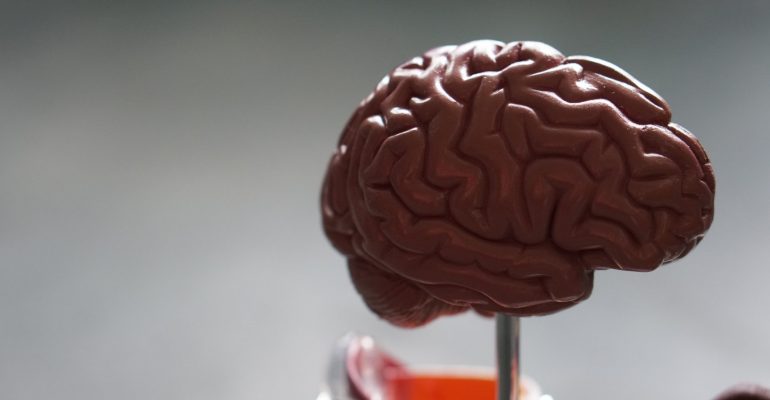The human brain is a very important organ. It controls every aspect of the human body, including behaviour, decisions, and emotions. Despite its importance, it is not very well understood. Scientists know that the brain contains cells called neurons. These neurons work together, and are connected in many ways.
Scientists want to find out more about how these neurons work together. This could help them understand what happens, and which parts of the brain are involved when humans experience emotions like fear or happiness. However, it is difficult to study the brain in live animals.
In recent years, scientists have come up with a new technique called optogenetics, which allows them to study neurons in live, awake animals.
HOW DO NEURONS WORK?
Although they are cells, which are typically too small to see, neurons can actually be more than 1 meter long!
This is because neurons have a long thin section attached to their cell body called the axon. The axon allows neurons to transport messages from the brain to the rest of the body. Neurons use electricity and chemicals to send messages around the body.
Ions are charged particles that flow through channels in a neuron. The movement of ions carries an electric signal with them. This electric signal passes through the neuron with the ions. Closing the channels in the neuron stops the movement of ions, and therefore also stops the electric signal. Opening the channels lets the ions (and the electric signal) pass through.
When a signal passes through a neuron, it turns the neuron on. This causes an action to happen in the body. For example, the neuron might send a signal to a muscle in the leg, telling it to tense up or relax, and causing movement.
Controlling when these electric signals pass through the neurons would help scientists learn what each neuron does, by observing the effect it has on the body in real time.
HOW DO SCIENTISTS CONTROL NEURON ACTIVITY WITH OPTOGENETICS?
Scientists make the neurons they are studying produce a light sensitive protein called an “Opsin” in the cell. These proteins open and close in response to certain colours of light, allowing ions to move through them, therefore causing electric signals to pass through the neuron.
Light can be sent into the brain using wires as thin as a hair (fiber optic cables) or wireless devices placed on the head. Shining light into the brain will either turn the neuron on or off (depending on the type of opsin and type of neuron being studied). Scientists can then observe what happens when that neuron is activated or turned off, and understand the function and connections of each neuron.
POTENTIAL APPLICATIONS OF OPTOGENETICS
Currently, optogenetic tests have been done on mice. These studies have taught scientists about how animals learn to fear something. Scientists have also used optogenetics to better understand neurological diseases like Parkinson’s disease.
Other potential uses for the technology would be for research into autism, drug addiction, anxiety, depression, schizophrenia and other mood disorders. Scientists are also looking into using similar technology in pacemakers to regulate heartbeats.

